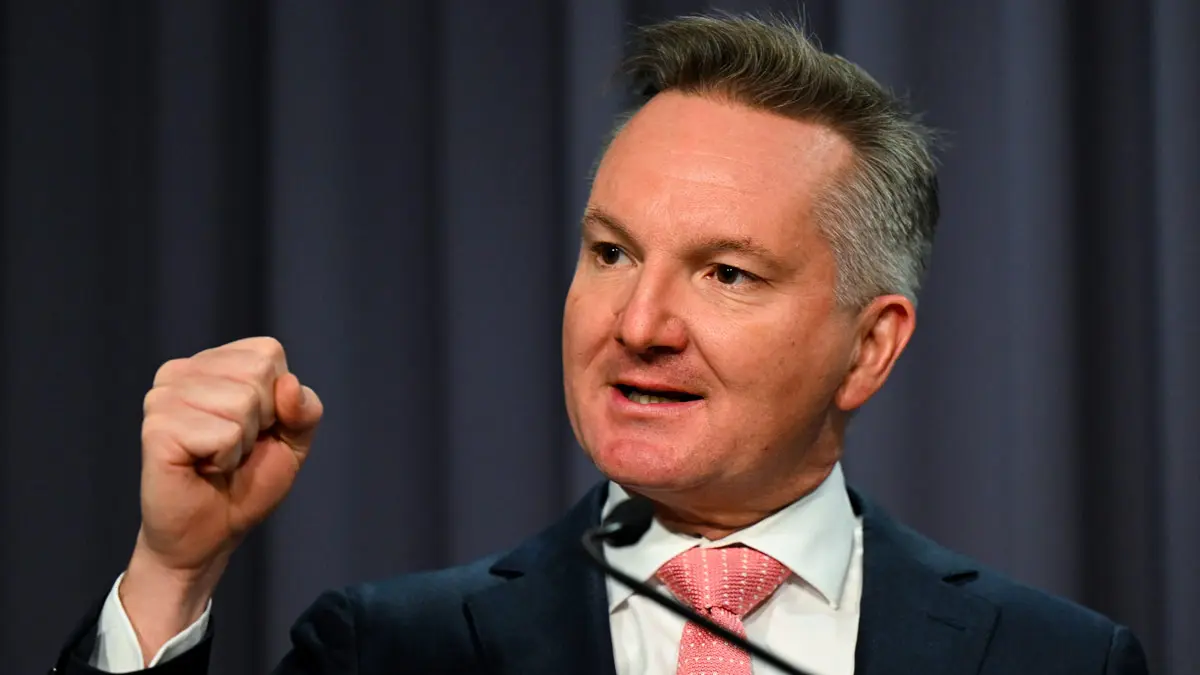Federal parliament gets its first chance to weigh in on the government’s safeguard mechanism changes as the legislation hit the floor today.
The bill is the first part of a process to establish the new safeguard mechanism credits (SMCs), which will reward high polluting facilities for reducing their emissions below a baseline.
“The introduction of Safeguard crediting will provide a balanced scheme that is effective, equitable, efficient and simple,” minister for climate change and energy Chris Bowen said.
“The reforms will support industry to reduce emissions efficiently, while maintaining competitiveness as the global economy decarbonises.
“By lowering the cost of reducing emissions, crediting and trading will help Safeguard facilities meet Australia’s climate targets in a cost-effective way.”
Around 215 facilities in Australia produce more than 100,000 tonnes of greenhouse gases a year. These are subject to the Safeguard Mechanism and accounted for 28 per cent of Australia’s total emissions in 2020-21.
SMC design is crucial
The government will need to look to Greens and crossbench support in the Senate, which may demand guarantees the new design will not deliver windfalls for industry and create useless credits by relying on old — and therefore too high — data for setting baselines.
While the concept of safeguard mechanism credits was originally a Liberal idea from August 2021, it’s unlikely the opposition will support the idea when proposed by Labor.
RenewEconomy is seeking comment from Greens leader Adam Bandt and crossbench senator David Pocock, who is a proponent of strong climate-related legalisation.
The design of the new system is expected to be released in December, outlining expectations for how it’ll work, including methodologies for creating baselines, possible compensation for trade exposed industries, and how baselines will be lowered over time.
The government has suggested they want everything passed by the end of March 2023 and implemented from July 1.
Hugh Grossman, from Reputex expects the design to focus on unit integrity, with one SMC representing one tonne of emissions.
There is a risk that if the design uses data the 2010s too much headroom will be built into the SMC baselines, a problem because big improvements in emissions reductions have been made since then and a back-to-the-future approach would deliver those feared windfall profits to companies without forcing them to change behaviours.
SMC creation bill is first step
The contents of the Safeguard Mechanism (Crediting) Amendment bill are not a surprise as the government opened the draft version up for consultation in October, says Grossman.
The creation and use of SMCs requires legislation, but Bowen will be able to use regulations to design how they will work.
“The bill provides the architecture for the creation of safeguard mechanism credits and deals with other related issues like the transfer and the ownership of safeguard mechanism credits, amongst other things,” he told RenewEconomy.
“In a sense it’s an administrative bill, rather than anything related to the design of the safeguard mechanism policy.”
The bill changes the National Greenhouse and Energy Reporting Act 2007, the Australian National Registry of Emissions Units Act 2011 and the Carbon Farming Initiative Act to create SMCs and enable their transfer, surrender (to meet compliance obligations), and tax treatment.
Facilities will be able to surrender SMCs to reduce their net emissions — Australian Carbon Credit Units (ACCUs) are currently the only other credits that can be used to do this by heavy emitters.










